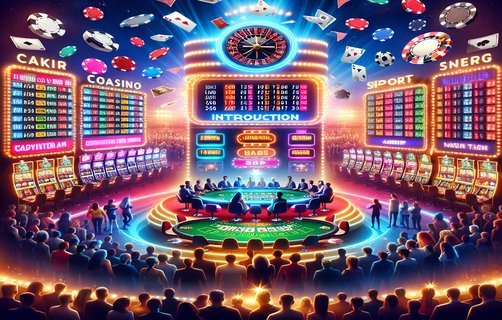Navigating the Layers of Strategy in Card Game 29
कार्ड गेम 29 में रणनीति की परतों को नेविगेट करना
In the realm of card games, few design features invoke as much intrigue as randomized board sections. This element enhances the variability of gameplay, compelling players to devise strategies that adapt to a constantly shifting environment. Upon dealing with such unpredictability, players experience both the thrill of chance and the necessity of keen observation. Each play session becomes unique, demanding a fresh approach and innovative thinking. The ever-changing landscape ensures that no two games unfold identically, allowing for a rich replayability factor.

The role of the druid becomes pivotal within the context of Card Game 29. This character archetype often embodies versatility and resourcefulness, serving as a wild card that can tip the scale in favor of the player. By harnessing natural elements and mystical abilities, druids not only influence the game mechanics but also offer diverse pathways for victory. The interplay between druids and the randomized board sections is fascinating; they adeptly exploit environmental advantages while mitigating risks, keeping opponents on their toes.
Luck-influenced results introduce an interesting dynamic that influences gameplay dramatically. Players often find themselves at the mercy of fate; however, rather than dismiss luck as mere randomness, savvy players learn to leverage it to their advantage. Through careful selection of strategies that incorporate risk-taking and conservative choices, players can turn the tides of fortune in their favor. Understanding this nuanced relationship between luck and skill is essential in mastering the nuances of Card Game 29.

Phased event management represents another layer of complexity. As players progress through the game, certain events are triggered based on defined phases. This designed pacing not only allows time for strategy formulation but also fosters interaction among players. Each phase introduces new challenges or opportunities, adding a layer of suspense as players grapple with when to act and when to bide their time. Strategic foresight becomes vital in navigating these phases successfully, encouraging a blend of preemptive action and reactive decision-making that heightens the experience.
Game bags and tokens act as essential resources that underpin gameplay mechanics. Players must effectively manage these resources to maintain an edge over opponents. This resource allocation aspect invokes a sense of economic strategy, where the vested interests in game bags dictate the flow of play. Collecting, trading, and utilizing tokens smartly can resonate with broader themes like investing in industry or controlling market shares. Players often oscillate between aggressive collection strategies and more balanced resource management, reflecting real-world economic principles in a playful environment.
The confluence of these features—randomized board sections, the versatile druid, luck-influenced results, phased event management, and resource allocation—contributes to the allure of Card Game 29. Players delve into a rich tapestry of strategic possibilities, where every game unfolds like an intricate story defined by player choices, chance events, and dynamic environments. The depth of engagement offered by these mechanics elevates Card Game 29 from mere entertainment to a cerebral exercise in tactical prowess.

comments
GameMaster92
This article brilliantly captures the essence of strategy in Card Game 29!
TacticalWizard
I love how it discusses the druid's role—such depth in character!
LuckChaser
Phased event management adds such excitement; it's like a roller coaster!
ResourceKing
Resource allocation really makes every decision count in this game.
CardNerd
Randomized board sections keep it fresh. Every game feels new!
LuckBeWithYou
This breakdown is exactly what I needed to understand the luck factor better!